Depressor Anguli Oris Muscle
The Depressor Anguli Oris Muscle, also known as the triangularis muscle, is a facial muscle located in the lower part of the face. It is one of the muscles that controls the movement of the mouth and is responsible for certain facial expressions.
The term “depressor” refers to its action of pulling down or depressing the angle of the mouth, which can result in a frowning or sad expression.
Table of Contents
Depressor Anguli Oris Muscle Anatomy
The depressor anguli oris (triangularis) is a facial muscle associated with frowning. The depressor anguli oris arises from the oblique line of the mandible, where its fibres converge, to be inserted, by a narrow fasciculus, into the angle of the mouth.
Origin
It originates from the tubercle of the mandible.
Insertion
It inserts on modiolus of the mouth.
Nerve supply
Mandibular branch of facial nerve (VII) supplies the muscle.
Action
The depressor anguli oris is a muscle of facial expression. The muscle depresses the corner of the mouth which is associated with frowning.
Stretching Exercise
This stretch is great for relaxing the muscles. This stretch helps to counter the horizontal line that can be pronounced on the chin and the lines going down from the corners of the mouth.
Keep your face in a neutral position and place your fingers under your chin. There are two different stretches for these muscles.
1) While pressing firmly with your fingers, move them away from each other going straight out, following the angle of the jaw. Jut out your jaw slightly as your fingers pass over the chin.
2) While pressing firmly with your fingers move them away from each other but this time with a slight upward angle towards the corners of your mouth. Again, jut out the jaw slightly as the fingers pass over the chin. Move through the stretch and hold for 5 seconds. Rest and repeat. Start out with 5 reps per day and work up to 10 reps per day by increasing the number of reps each week. This is a simple movement that can be done at any time
Related pathology
In Bell’s palsy depressor anguli oris muscle commonly paralysis.
The depressor anguli oris muscle may become paralyzed if the facial nerve’s marginal mandibular branch is damaged. This might be a factor in an asymmetrical grin.
The depressor labii inferioris muscle, which has a more noticeable effect on smiling, can be removed to rectify this.
Hypoplasia/Aplasia
The depressor anguli oris may not develop fully (hypoplasia) or may not exist at all (aplasia).
People with these diseases will have an asymmetric smile similar to people with paralysis. These disorders are uncommon and usually present at birth.
Frowning Face
Some people believe that the depressor anguli oris muscle is hyperactive and permanently shows a frown. Problems with this muscle might make smiling challenging, result in an uneven smile or induce excessive frowning.
Conditions that may impact on the muscle include:
- the Bell’s palsy
- Ramsay Hunt syndrome, facial nerve infection
- Lyme disease
- Facial trauma
To assist them in dealing with this persistent downward pressure, some people may choose cosmetic operations.
One choice is Botox, a brand name for the botulinum toxin. By suppressing the nerve signals that cause the muscles to contract, it can help get rid of the frowning face.
FAQs
Lower Jaw
The depressor anguli oris muscle is a little, triangular-shaped muscle that is situated in front of the lower jaw on each side of the face. The ‘unhappy muscle’ is the one that permits a person to frown.
A face muscle called the depressor anguli oris enables someone to shift their mouth corners, especially downward. On either side of the mouth, the muscle is located. The depressor anguli oris muscle is used to frown and drags the corners of the mouth downward.
The role that the depressor anguli oris performs gives rise to its name. The words depressor and anguli both imply “to pull down,” “at an angle,” and “mouth,” respectively. Depressor anguli oris might be translated as “to pull down the mouth at an angle” because of this.


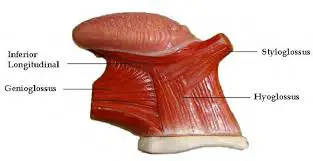
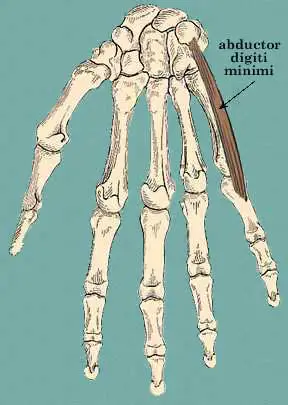
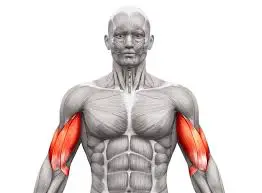
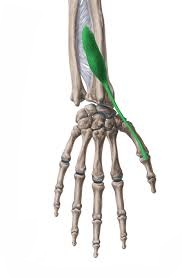
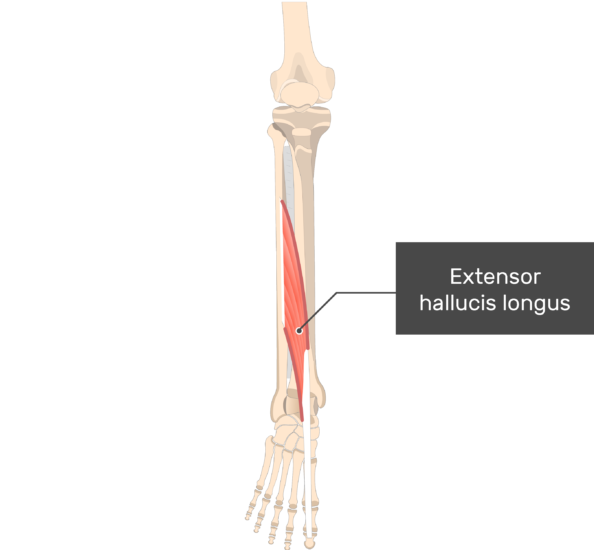

One Comment